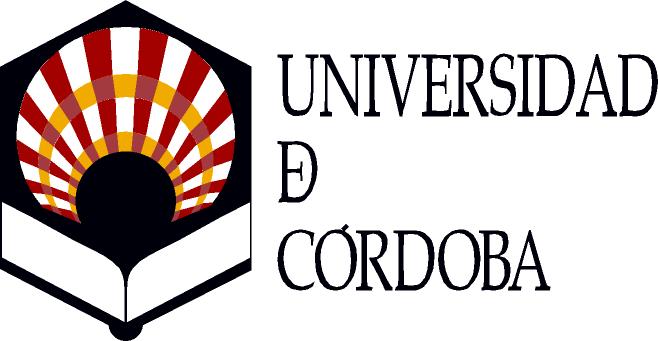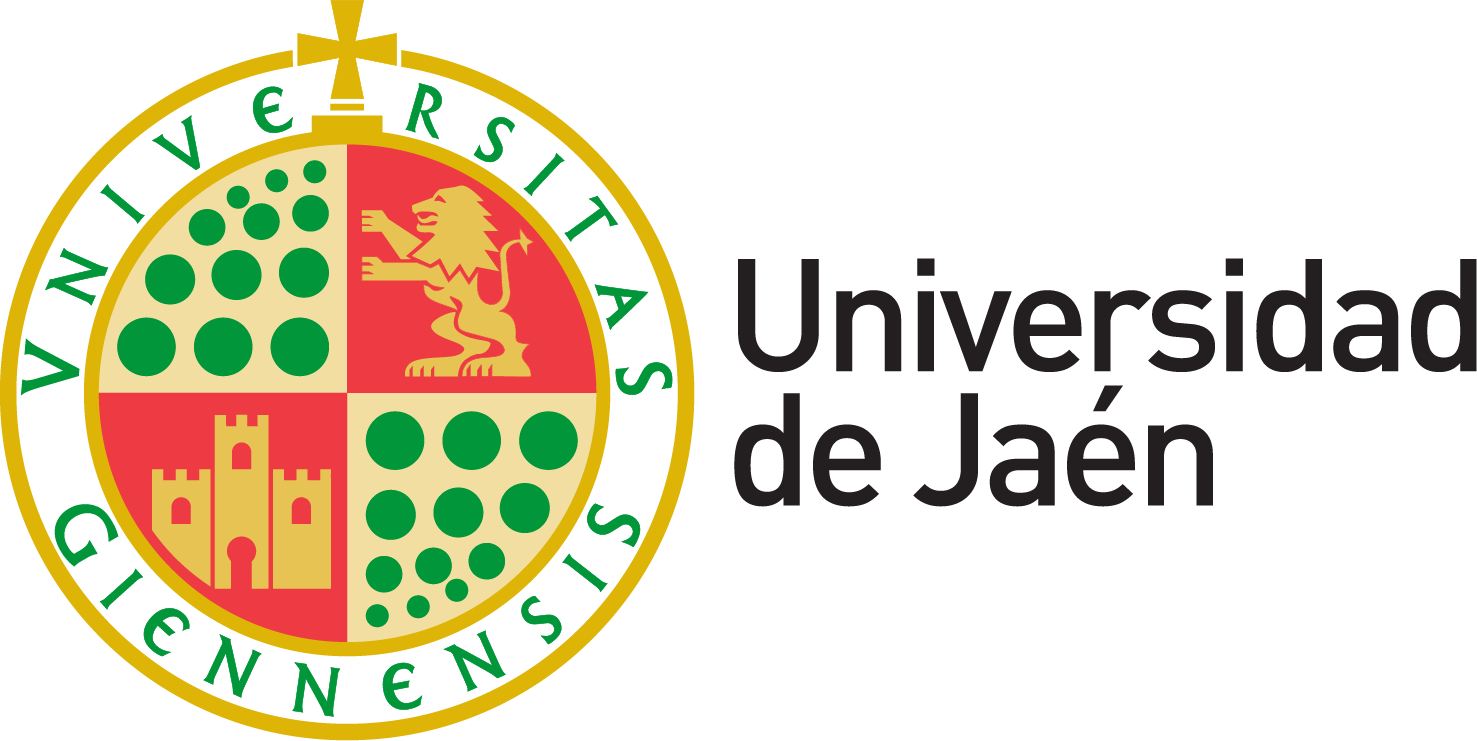Research lines
RESEARCH LINES
The research lines reflect the main scientific areas in which our work is focused at this time. They constitute the conceptual skeleton of the Institute. Mainly focus in:
- Monitoring of exchanges of gases greenhouse between terrestrial ecosystems and the atmosphere. PI: Andrew S. Kowalski
The increase in GHG concentrations greenhouse (GHG) during the industrial era, is causing a climate change associated with global warming. As a result, have shown that global annual temperatures have increased 0.8 ° C over the past 50 years and projected new rises from 2 to 4.5 ° C by the end of this century. In this context, in addition to reducing emissions, it is essential to the identification and quantification of the sinks of these gases. Thus, the characterization of the global cycle of carbon in different terrestrial ecosystems and its determining processes has become, for several decades, an essential milestone to promote climate change management policies.
This research line has the following sublines:
- Continuous net trade of GHG (CO2, H2O and CH4) ecosystem scale using the technical eddy covariance measurements.
- Measures continuously the content of CO2 underground to the modeling of CO2 emissions between soil and atmosphere.
- GEIs Exchange measures with camera systems both in soil and plant-scale
- Aerosol, clouds and atmospheric radiation. PI: Lucas Alados Arboledas
The atmospheric aerosol is defined as a suspension of solid particles and/or liquid in the atmosphere, and has a major impact on regional and global climate due to both direct and indirect effects on radiation. The aerosol particles directly affect the energy balance atmosphere-Earth solar radiation scattering and absorbing solar and terrestrial infrared radiation. Indirectly also affect the atmosphere-earth energy balance by modifying the cloud microphysical properties since they play the role of condensation nuclei and nuclei glaciogenos.
This research line has the following sublines:
- Advanced atmospheric monitoring and observation
- Spray, weather effects and air quality
- Interaction aerosol-cloud
- Atmospheric radiation: climate, health and energy
- Research and monitoring of ecological processes in global change scenarios. Management of environmental information. PI: Regino Zamora Rodríguez
Mountain environments have a keen interest as laboratories for the study of global change. The concentration of a footprint altitudinal gradients makes mountains places with a high biodiversity and land use. This group focuses its efforts in designing mechanisms for monitoring the impact of global change on these as unique ecosystems. These mechanisms include wireless sensory devices that allow the capture of information independently. The information collected is used to generate spatially explicit models that describe the structure and functioning of these ecosystems. Digital tools are also made to transform the information generated knowledge useful for the decision-making process. From the ecoinformatics tools are fundamental in this process.
This research line has the following sublines:
- Design of sensor networks for monitoring the impact of global change.
- Simulation of the functioning ecosystem in regions of mountain and quantification of ecosystem services.
- Design of systems of information and support for environmental decision-making.
- Hydrological processes and water quality in the Mediterranean basins. Integrated management. PI: María José Polo Gómez
The intervention of man in the hydrological cycle by modifying the uses of soil, agricultural practices, construction of reservoirs and, ultimately, management of water resources activities, requires often techniques and tools that facilitate the evaluation of these actions and their consequences in the short and long term prognosis, so you can perform actions to preserve protect and improve the quality of the environment. For this reason, the Group of Fluvial Dynamics and Hydrology advocates a point of view of integrated management, which framed the different variables that affect each of the processes that take place in the basin system, large-scale distributed, at the time that analyzes the behavior of water and substances associated with small scale.
This research line has the following sublines:
- Hydrological processes in Mediterranean basins.
- Transport and mixing in surface water
- Analysis of uncertainty in hydrologic and environmental processes
- Processes and evolution of continental shelf and coastal systems. PI: Miguel Ortega Sánchez
The coast, including from the continental slope there reached where shipping agents in their most extreme conditions, is probably the most dynamic area of the Earth System. The continental shelf and the different coastal systems occurs in the exchange of substances between the continental and coastal water masses and transition, being fundamental to preserve the environmental richness of our planet. The high pressure that is exerted on these environments caused by human actions that have been developed over the past decades, together with the effects of climate variability, are leading to numerous coastal and littoral environments to a situation close to collapse. During the next few years society and their managers will demand more knowledge about these systems for to consider a comprehensive and integrated management of them, and this is the core of this line of research.
This research line has the following sublines:
- Morphodynamics of estuaries and deltas: analysis of physical processes and tools for its management.
- Morphodynamics of beaches: analysis of physical processes and tools for its management.
- Measures in field and laboratory support to previous lines testing.
- Integrated management of infrastructures and resources. PI: Asunción Baquerizo Azofra
Infrastructures and resources, both natural and artificial, must be currently managed from a standpoint of comprehensive and integrated management. The challenge that today’s society over the coming decades is not the construction of major new infrastructures, but preserving those already built by the man as well as ensuring adequate reliability, functionality and operability. These principles are equally applicable to natural infrastructures that are currently being threatened both by the action of man and climate variability. Resources soil, water and energy are finite and must be properly managed so that situations of collapse will not occur. Within the framework of the Earth system and the environmental hydraulics, from the IISTA is working in the design, implementation and application of tools of management that take into account the variability of natural processes and its uncertainty, and allow help decision making from a precise knowledge of the processes. So there are, among other things, of a series of leading experimentation infrastructures around the world that deepen the understanding of the physical processes and modelling specific infrastructure.
- Evaluation and restoration of social-ecological systems.PI: José Luis Quero
The work carried out has been directed to research on restoring forest ecosystems in Andalusia, the study of forest species in Mediterranean and tropical environment, from the point of view of forestry and restoration.
- Plant phenology and aerobiology. PI: Carmen Galán
he research group bases its studies on the phenological and aerobiological behavior of plants of agricultural, forestry or environmental health interest. It has databases that offer knowledge on phenological behavior and response under different meteorological conditions, with special interest in the study of the content of pollen grains and fungal spores in the air, as well as in prediction models in fruit formation, with special interest in plants with both agricultural and forestry interest. In the Mediterranean area, highly threatened by climate change, historical databases allow us to know and predict the behavior of the plant environment under different scenarios during the last decades. On the other hand, the working group carries out studies on the phenological behavior of ornamental species, on Urban Ecology, and the role of the design of green spaces in environmental health. Pollinosis, or pollen allergy, is one of the most frequent chronic diseases in Europe. Pollen allergens are recognition proteins of female reproductive structures in plants. The working group performs detection and identification of aeroallergens by immunoassay. These allergens are released from pollen, and from other parts of the plant, through submicron and paucimicron particles that have the capacity to penetrate the respiratory tract and reach the bronchi, being responsible for causing allergy, rhinitis and conjunctivitis, as well as creating asthma situations. Aeroallergen measurement and forecasting models are nowadays considered as a useful tool to carry out preventive health measures, allowing allergists to better plan their treatments and allergy patients to plan their activities, both work and leisure.
- Fluid Mechanics. PI: Carlos Martínez Bazán.
The mass transfer phenomenon that takes place in many natural and industrial processes depends to a great extent on the contact surface generated between two immiscible fluids. For example, in liquid-liquid or gas-liquid separators, the absorption of chemical species is determined by the distribution of droplet/bubble sizes in which one fluid is dispersed within the other. In aeration processes such as those that occur naturally during the interaction of the atmosphere and the oceans, the uptake of carbon dioxide, and many other water-soluble species, depends on the amount of air ingested by wave action, and the distribution of bubbles resulting from the subsequent turbulent breakup of that air mass. Therefore, in order to develop predictive models of these natural and engineering processes, it is essential to know and describe the phenomenon of droplet and bubble formation in immiscible liquids.
- Modeling of the Atmosphere and Solar Radiation. PI: Joaquín Tovar Pescador.
To evaluate renewable energy resources (solar and wind resources), analyzing their spatial and temporal complementarity. The evaluation is carried out through the analysis of model outputs (reanalysis) as well as own simulations carried out with the WRF meteorological model (Weather and Research Forecasting Model).
Develop optimal scenarios of renewable energy penetration in the electricity system, studying their relationship with demand and grid integration costs.
Develop methodologies for the prediction of the solar resource on scales from hours to days, supported by instrumental measurements, cloud camera images, satellite images and the WRF model.
The solar resource is the fluid that is generated between two immiscible fluids. For example, in liquid-liquid or gas-liquid separators, the absorption of chemical species is determined by the distribution of droplet/bubble sizes in which one fluid is dispersed within the other. In aeration processes such as those that occur naturally during the interaction of the atmosphere and the oceans, the uptake of carbon dioxide, and many other water-soluble species, depends on the amount of air ingested by wave action, and the distribution of bubbles resulting from the subsequent turbulent breakup of that air mass. Therefore, in order to develop predictive models of these natural and engineering processes, it is essential to know and describe the phenomenon of droplet and bubble formation in immiscible liquids.
- Ecology, Evolution and Conservation of Mediterranean Vegetation. Principal Investigator: Pedro Rey Zamora.
We are currently developing three main sublines: (1) Biodiversity conservation and ecosystem services in agroecosystems and fragmented landscapes. This line investigates the loss of diversity (taxonomic, genetic, phylogenetic and functional) and ecosystem services and their causes in agricultural (olive grove) and natural systems in anthropized landscapes. (2) Dynamics of Mediterranean plant communities. This line investigates ecological mechanisms of coexistence of woody species in natural Mediterranean ecosystems. For this purpose, we combine real information on plant-plant interaction networks with mathematical models of vegetation dynamics, which allows us to assess possible effects of global change processes on the maintenance of plant diversity in Mediterranean forests. (3) Evolutionary Ecology and Functional Genomics in plants. It studies three aspects. A) Adaptive significance of polyploidy in the Brachypodium distachyon complex and its importance in the evolution of functional traits of tolerance to drought and competition in a model plant for grasses and cereals. B) Ecogenomics of the olive tree and its functionality in pest control. C) Genetics of traits of ecological and agronomic interest (mating system, seed fat content and herbicide resistance) in Sinapis alba.
- Climate Modeling. PI: Mª Jesús Esteban Parra
This line has a long experience in using the Weather and Research (WRF) in climate change projections at high spatial resolution with special emphasis on the climate change impacts on the hydrological cycle. At present, the research is focusing on (1) the added value of the dynamical downscaling for the decadal climate predictions, particularly, through the initialization of soil moisture conditions and analysing relevant atmosphere-land interactions for decadal predictions, and (2) performing very high-resolution climate projections using WRF as convection-permitting model, enabling an improved micro to synoptic scale processes representation and with the aim to get better estimations of extreme events, particularly for the Sierra Nevada area, where these simulations can provide appreciable information on some processes at finer scale. Another new topic of research aligned with these very high-resolution simulations is (3) the use of WRF-Chem to study the impact of pollution, including bioaerosols such as pollen.



